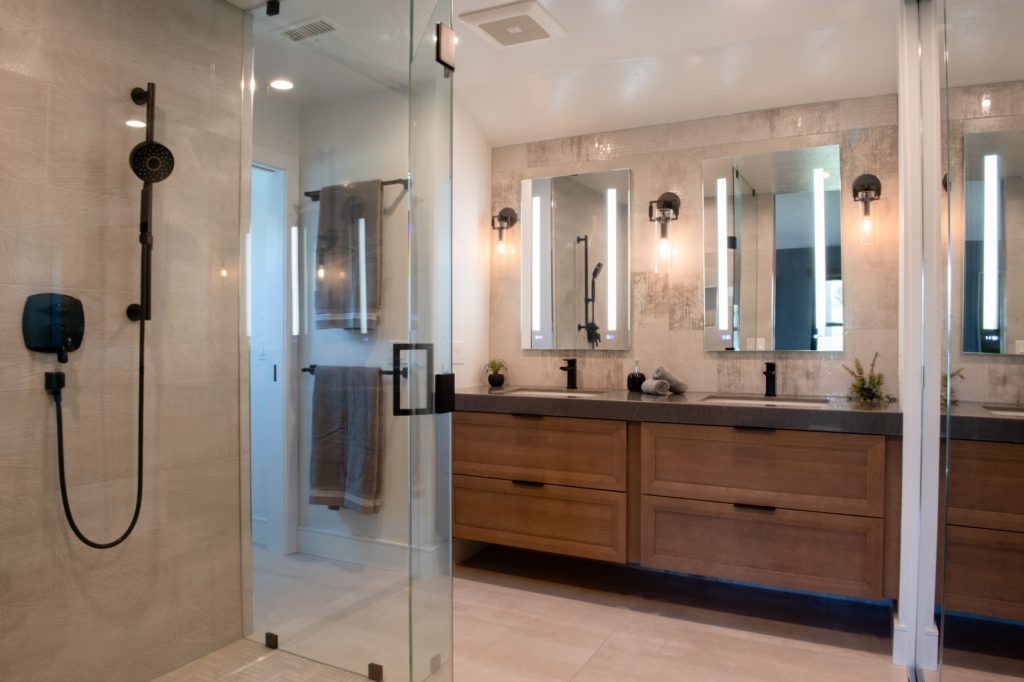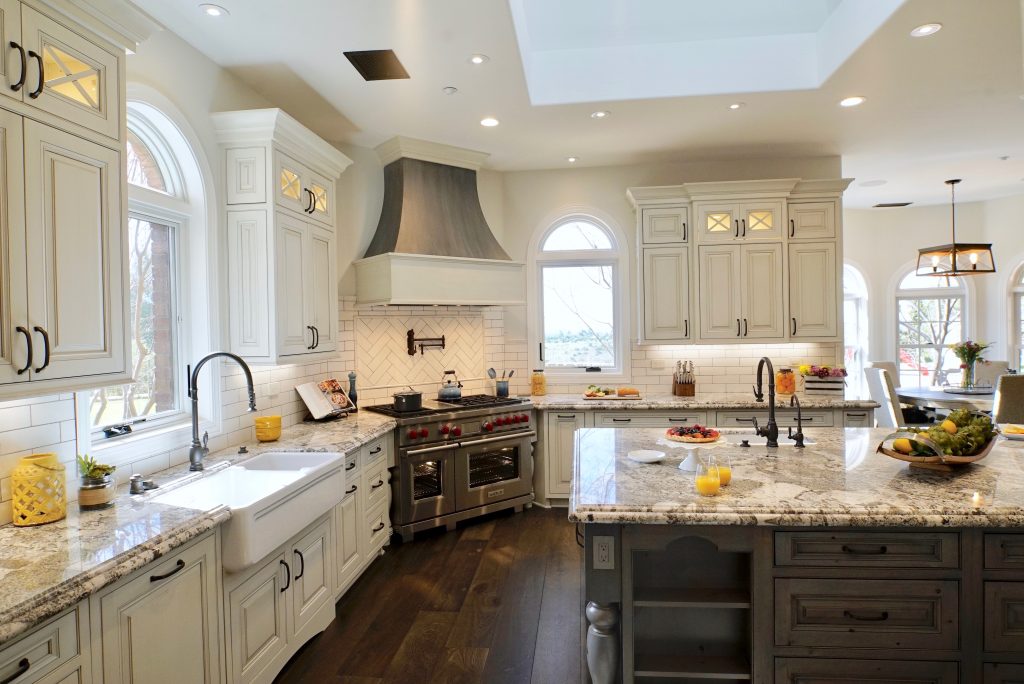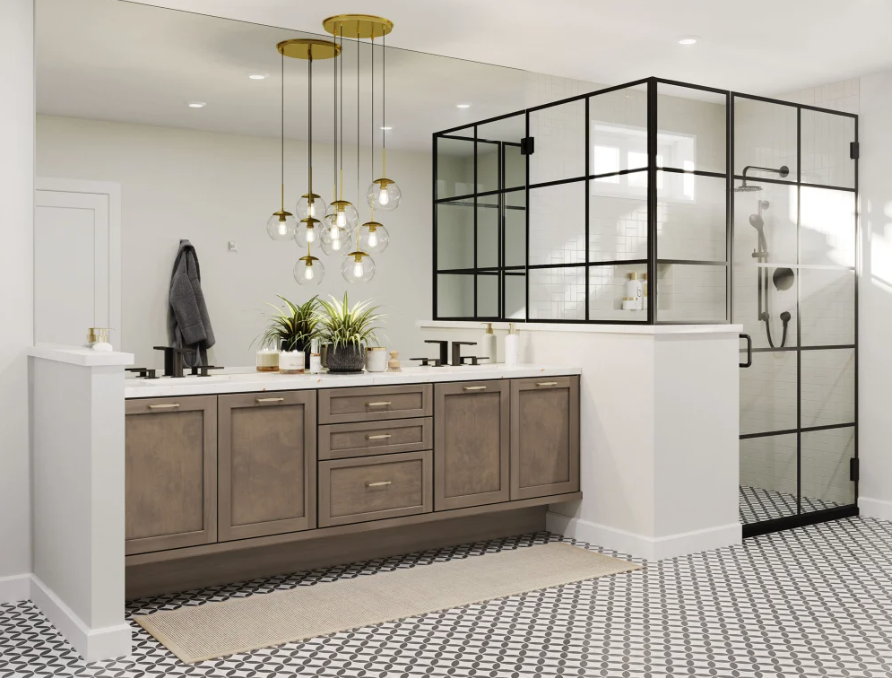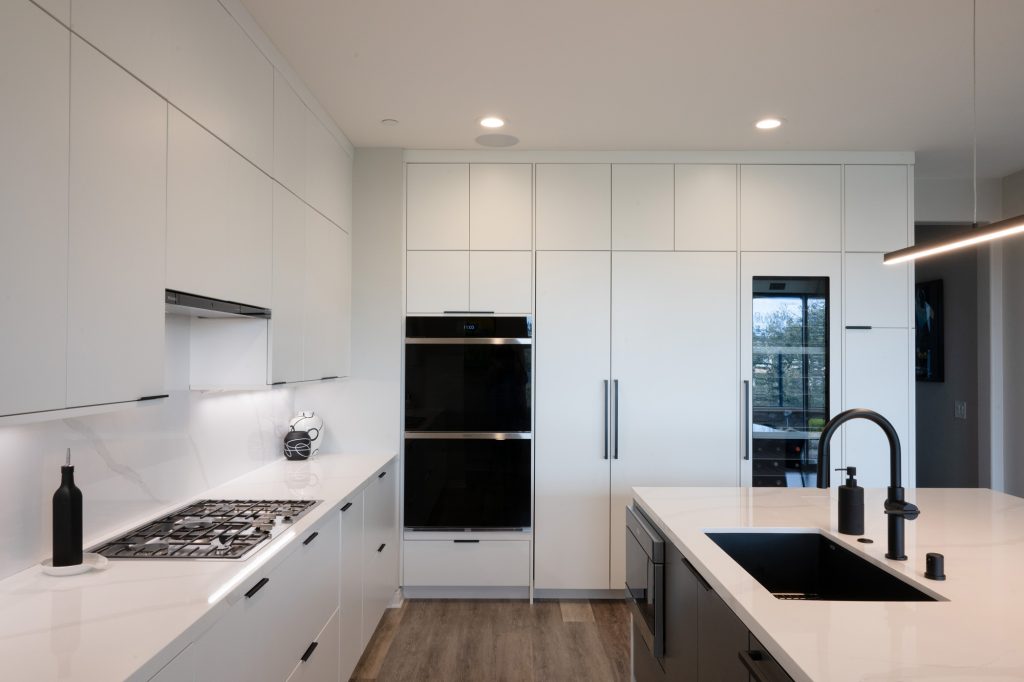
Assessing the core elements of your home, such as the electrical and plumbing systems, is fundamental to ensuring a safe and functional living space. These systems are often referred to as the “bones” of a home, and just like bones in the human body, they provide structure and stability.
Older homes, in particular, may have outdated electrical systems that can’t keep up with the demands of modern technology. An upgrade is not just a matter of convenience but of safety. Evaluating your home’s bone structure is crucial to prevent potential hazards and maintain efficiency.
An up-to-date electrical system is a crucial component of a modern home. It reduces the risk of electrical fires and accommodates today’s plethora of gadgets and appliances. Similarly, plumbing is another critical aspect that can significantly affect your home’s integrity.
If not addressed, issues like lead pipes or old sewer lines can lead to health hazards and expensive repairs. Therefore, understanding when and what to upgrade can safeguard your home’s longevity and can even positively impact its value.
Your home’s electrical system is akin to the body’s circulatory system but for electricity. It begins where your house connects to the grid, and its lifeblood is the circuit breaker. The circuit breaker or breaker box functions as a safety device, cutting off power when a circuit is overloaded and preventing fires.
Wiring within your home is typically hidden behind the walls. If it’s older, particularly if aluminum wiring is involved, consider consulting an electrician about an upgrade for safety and efficiency. Codes may have changed in San Diego or any other city, and up-to-date wiring is crucial.
Here’s a brief rundown of what you need to know:
Homes may still have fuses, which function similarly to circuit breakers but need to be replaced when they blow, unlike breakers, which are simply reset.
When evaluating your home’s “bone structure,” ensure your electrical system meets current safety standards. Upgrades not only improve safety but also can accommodate the needs of modern appliances and technologies.
Remember, while a basic understanding of your home’s electrical system is essential for maintenance and minor troubleshooting, a licensed electrician should do any substantive work to ensure safety and compliance with local codes.

When your home’s electrical system struggles to meet demand, it reveals itself through specific, identifiable signs. Addressing these concerns early can help maintain a safe and efficient home environment.
Frequent circuit breaker trips are a telltale sign your electrical panel is working overtime and may need an upgrade. Circuit breakers are designed to protect your home by shutting off the power when the system is overloaded. However, if this happens regularly, it strongly indicates that your current electrical panel can’t handle your home’s energy consumption.
If you notice your lights dimming or flickering when you turn on appliances, this is a sign of an insufficient power supply. This fluctuation suggests that the electrical panel is struggling to allocate the necessary power to maintain a steady current.
The presence of a burning smell coming from your electrical panel is a serious warning sign, signaling immediate attention. This symptom can precede dangerous electrical fires, potentially coming from wiring or a circuit breaker. Additionally, if you see sparks when plugging in devices, it indicates that the electrical circuits are potentially damaged or overburdened.

Your home’s electrical panel is the nerve center of its electrical system, distributing power to each of your outlets and appliances. An outdated panel may not only be inefficient but can also pose significant safety risks. Here’s why modernizing your electrical panel is a critical investment.
Outdated or overtaxed electrical panels are a leading cause of home electrical fires. Modern electrical panels better manage electricity flow and are designed with safety mechanisms that older panels lack. Upgrading ensures that circuit breakers function correctly, reducing the risk of overheating and fire.
Your home’s electrical demands have likely increased over time as you’ve acquired more modern appliances. Most contemporary devices are designed to operate on systems exceeding the standard 100 amps provided by older panels. A modern electrical panel can safely distribute the power needed for today’s high-performance appliances, helping to prevent system overload and potential damage.
When examining your home’s internal systems, it’s crucial to consider how the plumbing can impact electrical work. Specific concerns arise around corrosion and the need to improve water efficiency during upgrades.
Corroded pipes can be more than a plumbing issue; they pose risks to your electrical system. If you’re planning to rewire your home, inspect for any signs of corrosion that could damage new wiring or conduits or create hazardous conditions.
Pipes that corrode over time might leak, causing moisture that threatens electrical components. Look for greenish-blue stains on copper pipes or rust on steel ones, and replace damaged sections before starting electrical work.
An upgrade in plumbing can lead to improved efficiency. When integrating new efficiency-oriented appliances or fixtures, it’s possible that your electrical system might need an update to support them.
For example, installing a high-efficiency water heater may require additional electrical circuits or upgrading your home’s electrical panel to handle increased demand. Ensure your plumbing improvements align with your electrical system’s capacity and safety standards.

When assessing the safety of your home, particularly the bone structure, which includes critical systems like electrical and plumbing, it is essential to identify potential safety hazards that can pose risks to you and your family.
Electrical Assessment:
Plumbing Checkpoints:
List of Essential Safety Checks:
When considering enhanced safety measures:
Remember, regular maintenance and vigilance in these areas significantly contribute to your home’s overall safety and longevity. Don’t hesitate to consult with professionals like the Kaminskiy Team for an in-depth safety evaluation and necessary upgrades.

Electrical upgrades can be a lucrative investment, bolstering your home’s functionality and market value. Enhanced energy efficiency and an appeal to savvy homebuyers contribute significantly to this increase in valuation.
Curb Appeal to Buyers: First impressions matter. Updating your electrical system can show potential buyers that your home is well-maintained and capable of supporting modern-day appliances and technologies. A home with updated electrical features is often a standout in the housing market, signaling to buyers that they can expect fewer issues down the line.
Necessary Modernizations: Electrical panel upgrades can be particularly appealing, as they suggest the possibility of future home expansions or the addition of luxury features. Potential buyers might be interested in adding a hot tub or an electric vehicle charging station, and an updated electrical panel indicates that your home can handle the extra load.
Maximized Energy Usage: Upgrades such as LED lighting systems or advanced energy management tools translate to energy savings and efficiency, both of which entice buyers who are mindful of operating costs and environmental impact.
Increased Appraisal Value: When the time comes for appraisal, an updated and maintained electrical system can mean a higher valuation. Appraisers consider the home’s overall state and a modern electrical setup indicates to them—and, by extension, to potential buyers—that your home is up to current standards, which may lead to a boost in resale value.

Selecting the right professionals when contemplating an electrical upgrade for your home is crucial. The safety and integrity of your home’s electrical system depend heavily on the expertise of the electricians you choose to hire.
Start by verifying the credentials of the electrician or company. A licensed electrician should perform your service and installation. Licensing assures that the individual has met industry standards for education and experience and is knowledgeable about local codes and regulations.
Company reputation also plays a significant role. Look for firms with positive reviews that highlight reliable service and quality installation. It’s wise to seek out a company offering a wide range of services, from inspections to complete system overhauls, ensuring they have the breadth of expertise necessary to handle any issues that might arise during your upgrade.
Consider the value of a detailed electrical inspection. Before any upgrade, a professional electrician should evaluate your current system to identify potential hazards or areas requiring attention. This preliminary step can save you time and resources in the long run.
Here is a short checklist to assist you in choosing the right professional:
Remember, your home’s electrical system is complex. Bringing in the proper professional will protect your investment and help maintain a safe and efficient home.

When embarking on electrical upgrades in your home, initial planning is crucial. Evaluate your circuit requirements in light of modern appliances and tech-savvy modern living. A home’s electrical system must be safe and accommodate your lifestyle.
Begin with a comprehensive assessment of your current system. Check for outdated wiring or overloaded circuits that pose risks. Your plan should involve a licensed electrician to ensure adherence to local electrical codes.
Here’s a step-by-step guide to streamlining the upgrade process:
Moving forward with an electrical upgrade enhances your home’s functionality and offers increased safety and adaptability to future needs. Remember that a well-planned electrical system is a wise investment into your home’s infrastructure, providing reliability and peace of mind.

During a home remodel, the importance of addressing electrical and plumbing systems cannot be overstated. These systems are integral to your home’s functionality and safety. Ensuring they are up-to-date and capable of handling modern demands can prevent numerous issues down the line.
Integrating electrical and plumbing upgrades into your home remodel is an investment in your home’s longevity and safety. These updates protect your family from potential hazards and enhance your living space’s overall value and functionality.
At Kaminskiy Design & Remodeling, we understand these systems’ critical role in a successful remodel and prioritize their assessment and upgrade in every project.
When planning your next home remodel, consider the foundational elements like electrical and plumbing systems. These upgrades are crucial for maintaining a safe, efficient, and valuable home.
Contact Kaminskiy Design & Remodeling today to schedule a free in-home design consultation and ensure your home remodel includes these essential updates.

This section provides specific information to help you evaluate your home’s fundamental systems, including structural, electrical, and plumbing components.
To assess the structural integrity of your home’s framing, look for signs such as sagging beams, cracks in the foundation, floors, or walls, and doors or windows that no longer close properly. These issues can indicate potential weaknesses in the home’s framing.
Your home may need an electrical upgrade if you experience frequent breaker trips, flickering lights, or a system that struggles to meet your daily power demand. An outdated panel or the presence of knob-and-tube wiring are also key indicators.
Modern households typically require an electrical service of at least 100-200 amps to power everyday appliances and devices efficiently. Larger homes or those with more energy-intensive needs may require greater capacity.
Indicators of a healthy plumbing system in an older home include strong water pressure, clear water with no discoloration or unpleasant odors, and pipes that are free from leaks or significant corrosion.
A home with ‘good bones’ generally has a strong foundation, quality construction, layout, and well-maintained critical systems that don’t require immediate significant repairs or updates.
Updating outdated plumbing can vary widely in cost, from a few hundred dollars for simple repairs to several thousand for a complete overhaul, depending on the extent of updates required and the size of the property.

Kimberly Villa is a recognized expert in the Home Design and Remodeling industry. Her passion for the industry is matched only by her love for sharing insights, new trends, and design ideas. Kimberly’s expertise and enthusiasm shine through in her contributions to the Kaminskiy Design and Remodeling website blog, where she regularly shares valuable information with readers.